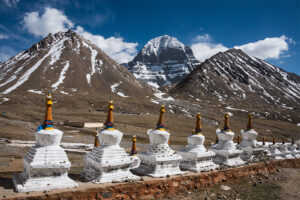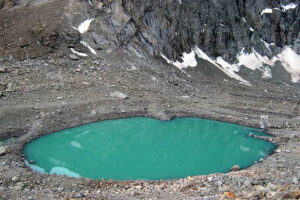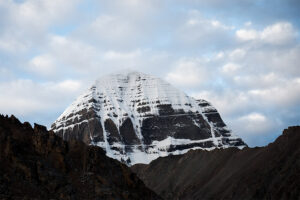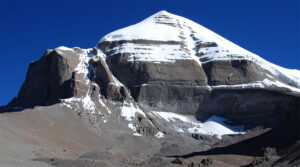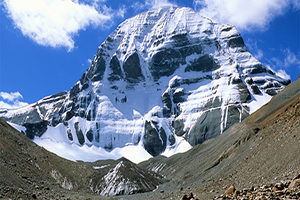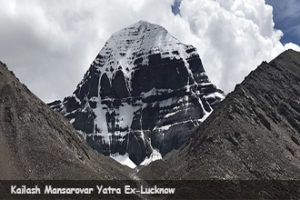Guge Kingdom

One of the most fascinating places that you can visit in your Kailash Mansarovar Yatra tour is Guge Kingdom. This place is full of ruins of a glorious kingdom that ruled over the Tibetan region many centuries ago. The ruins of the Guge Kingdom are very striking monuments that you can visit still today. The ruined fort and other relics still attract visitors from all parts of the world. But the best way to visit them is the Kailash Mansarovar Yatra. You cannot just visit Mount Kailash and Lake Mansarovar, but places like Guge Kingdom in this sacred pilgrimage to Mount Kailash.
What was Guge Kingdom?
Guge Kingdom existed in western Tibet in the 10th century. When the reign of the Guge Kingdom was at its peak, it covered the western part of Tibet and even extended to Zanskar, Kinnaur district, and Spiti Valley. Kyide Nyimagon established Guge Kingdom in western Tibet in what is now known as Ngari Prefecture. He was the great-grandson of Tibetan ruler Langdarma, who was the last emperor to rule the Tibetan Empire. Kyide Nyimagon founded Guge Kingdom in 912 AD and made Tholing and Tsaparang his capitals. He later divided the kingdom into three parts and handed over the power to his three sons. Around 100,000 people lived in Guge Kingdom at that time. Guge Kingdom lasted for around 700 years from then on and then suddenly collapsed in the 17th century.
Where is Guge Kingdom
You can see the ruins of the Guge Kingdom in Zanda County, Ngari Prefecture, Tibet Autonomous Region. The ruins of the castle and others are in Tsaparang in Sutlej Valley near Mount Kailash. The ruins of the Guge Kingdom are located to the west of Mount Kailash. The entire region is full of deep canyons, barren mountains, caves, and valleys formed by the river Sutlej.
Mystery of Guge Kingdom
Guge Kingdom is very mysterious as it vanished suddenly during the 17th century. There are various interpretations as to what led to the devastation and collapse of the Guge Kingdom.
- Some say that Ladakhi invaders brought the king of the Guge Kingdom to Ladakh as a prisoner. They attacked the Guge Kingdom and massacred all its people.
- It is also believed that the last king of the Guge Kingdom surrendered to the Ladakhi army and was killed. Thereafter, the last male heir to the throne fled to Lhasa and died there in 1743.
- It is also said that the king of the Guge Kingdom threw himself off a cliff and died.
- A legend also says that the Ladakhi rulers forced the inhabitants of the Guge Kingdom to build an aqueduct to transport the water from the melting snow of Mount Kailash. This angered the gods and they cursed the land to be a wasteland.
Ruins of Guge Kingdom
The ruins of the Guge Kingdom were discovered during an excavation at the site in 1985. Archaeologists unearthed cave dwellings, houses, monasteries, stupas, statues, palace halls, pagodas, sculptures, murals, and carvings among other things. The ruins of the Guge Kingdom are spectacular and still in good condition after all these decades. The ruins are scattered over a hill and the famous castle in Tsaparang remains one of the most visible ruins of the Guge Kingdom. This castle is built on a 300 m hill and is a huge fortress that appears to be built on a huge rock. Tunnels and caves once were rooms of royal family members. There is a vast network of tunnels and caves here and bodies were also found with their heads cut off. Many of the sculptures are of the Buddha.
How to reach Guge Kingdom
You can drive from Darchen on well-maintained roads. You will reach the ruins of Guge Kingdom after a short drive.
